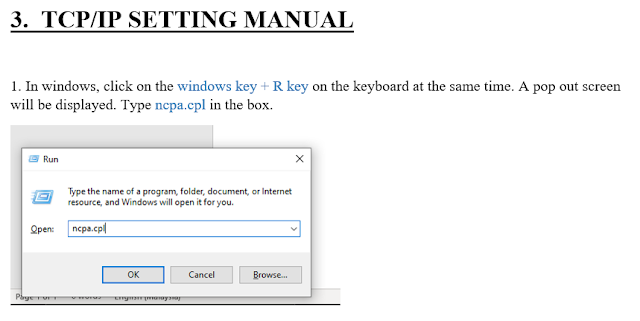SESSION
LAYER
Session Layer controls the dialogues between computers. Session layer
establishes, terminate session and synchronize the conversation between two
different applications. This
layer request for a logical connection which should be established on end
user's requirement. This layer handles all the important log-on or password
validation.
Based
on our situation given, public network then will request to access ULearn
system that located at UTeM IT center through UTeM network and it will response
to that request.
PRESENTATION
LAYER
Presentation layer allows you to define
the form in which the data is to exchange between the two communicating
entities. It also helps you to handles data compression and data encryption. This
layer transforms data into the form which is accepted by the application. It
also formats and encrypts data which should be sent across all the networks.
When
the lecturer accessed to ULearn system, they will use a secure connection provided
by this layer. The presentation layer will encrypted their account login information
prior to transmission. Then, at UTeM facilities the presentation layer will decrypted
their account login information, making it available for processing.
APPLICATION
LAYER
Application layer interacts with an
application program, which is the highest level of OSI model. The application
layer is the OSI layer, which is closest to the end-user. It means OSI
application layer allows users to interact with other software application. Application
layer interacts with software applications to implement a communicating
component. The interpretation of data by the application program is always
outside the scope of the OSI model.
Lastly, the lecturer capable
to access ULearn system and therefore will display the ULearn system interface.



















No comments:
Post a Comment